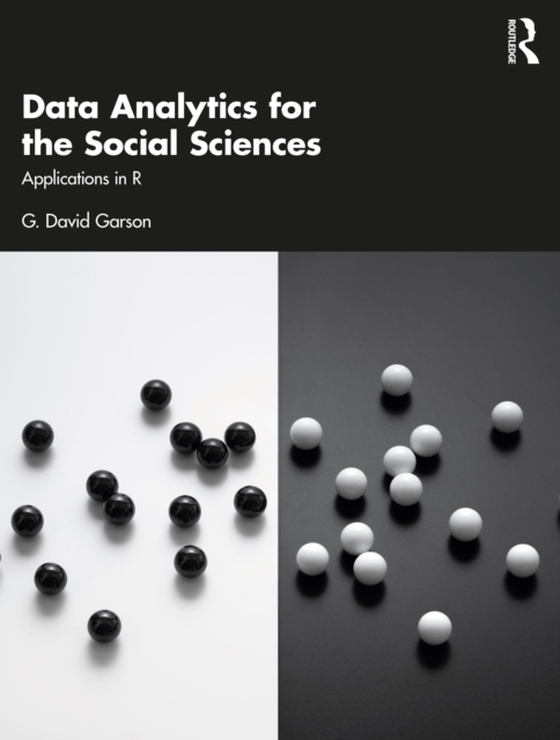
Data Analytics for the Social Sciences e-bog
1002,81 DKK
(ekskl. moms 802,25 DKK)
Data Analytics for the Social Sciences is an introductory, graduate-level treatment of data analytics for social science. It features applications in the R language, arguably the fastest growing and leading statistical tool for researchers. The book starts with an ethics chapter on the uses and potential abuses of data analytics. Chapters 2 and 3 show how to implement a broad range of statistic...
E-bog
1002,81 DKK
Forlag
Routledge
Udgivet
29 november 2021
Længde
686 sider
Genrer
Research methods: general
Sprog
English
Format
pdf
Beskyttelse
LCP
ISBN
9781000467086
Data Analytics for the Social Sciences is an introductory, graduate-level treatment of data analytics for social science. It features applications in the R language, arguably the fastest growing and leading statistical tool for researchers. The book starts with an ethics chapter on the uses and potential abuses of data analytics. Chapters 2 and 3 show how to implement a broad range of statistical procedures in R. Chapters 4 and 5 deal with regression and classification trees and with random forests. Chapter 6 deals with machine learning models and the "e;caret"e; package, which makes available to the researcher hundreds of models. Chapter 7 deals with neural network analysis, and Chapter 8 deals with network analysis and visualization of network data. A final chapter treats text analysis, including web scraping, comparative word frequency tables, word clouds, word maps, sentiment analysis, topic analysis, and more. All empirical chapters have two "e;Quick Start"e; exercises designed to allow quick immersion in chapter topics, followed by "e;In Depth"e; coverage. Data are available for all examples and runnable R code is provided in a "e;Command Summary"e;. An appendix provides an extended tutorial on R and RStudio. Almost 30 online supplements provide information for the complete book, "e;books within the book"e; on a variety of topics, such as agent-based modeling. Rather than focusing on equations, derivations, and proofs, this book emphasizes hands-on obtaining of output for various social science models and how to interpret the output. It is suitable for all advanced level undergraduate and graduate students learning statistical data analysis.
 Dansk
Dansk

